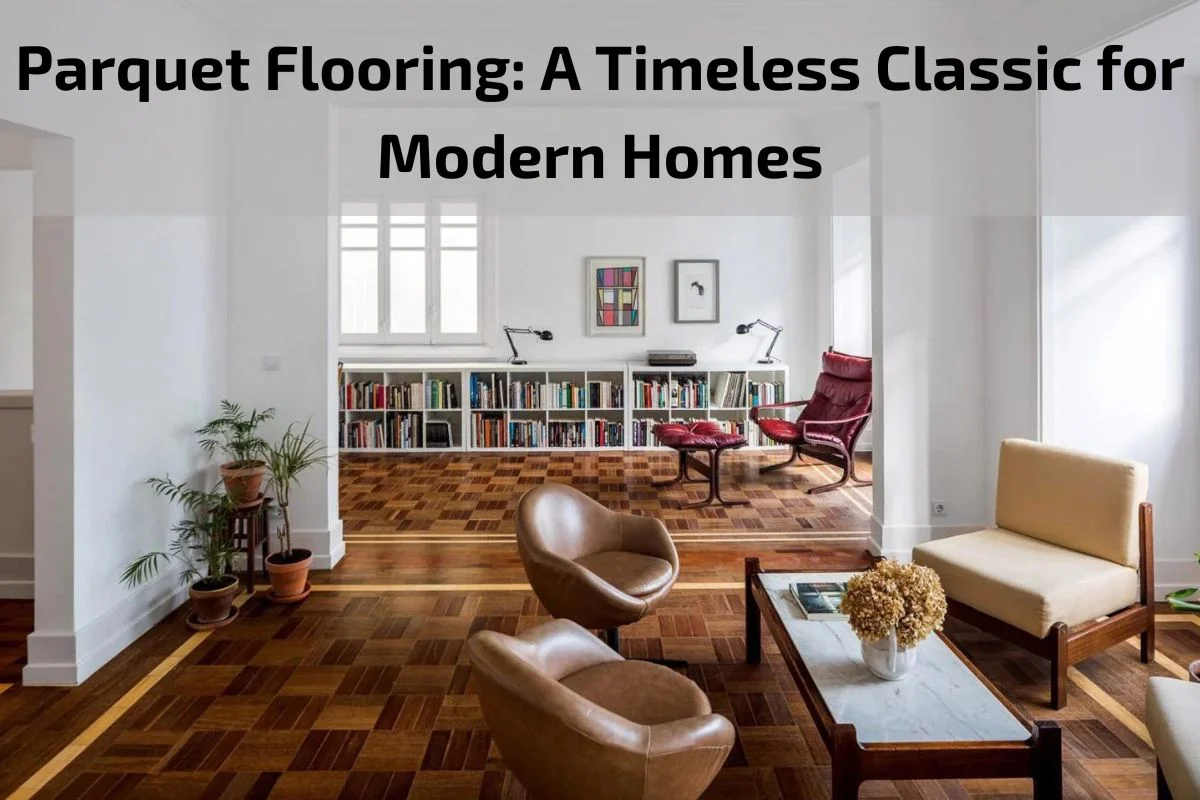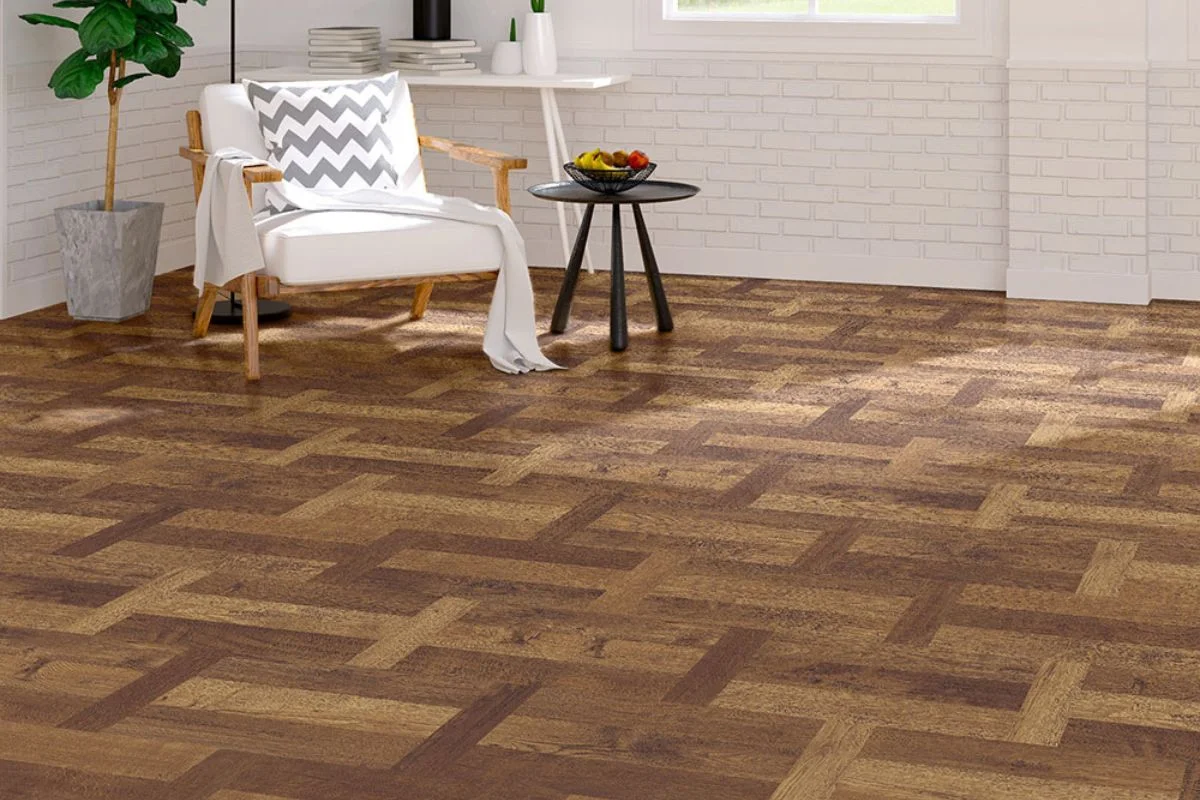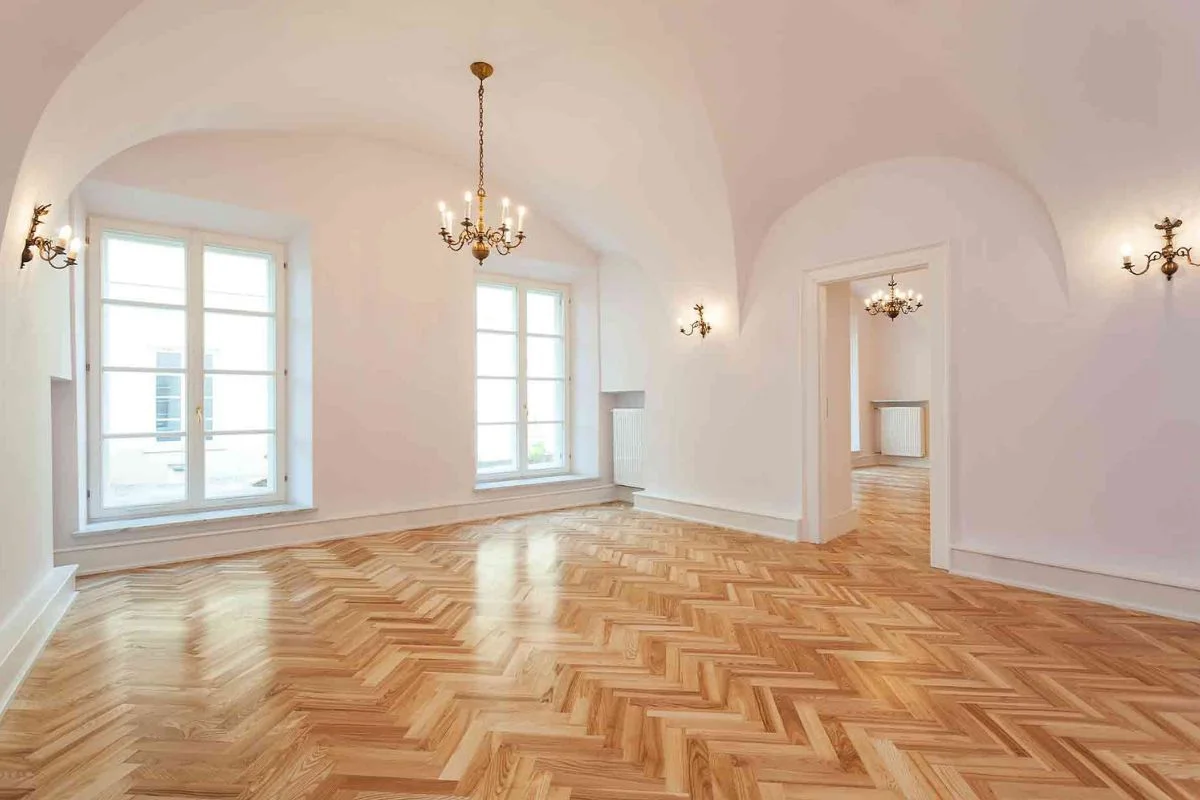Parquet Flooring: A Timeless Classic for Modern Homes
In the realm of interior design, some elements transcend fleeting trends and stand as timeless symbols of elegance and sophistication. Among these, parquet flooring reigns supreme, weaving together a rich tapestry of history, craftsmanship, and modern allure. Originating centuries ago in the grand halls of European palaces, this intricate flooring technique has gracefully evolved to grace the floors of contemporary homes, seamlessly blending tradition with innovation.
Today, parquet flooring continues to captivate homeowners and designers alike with its unique blend of beauty and durability. Its distinctive geometric patterns add a touch of architectural splendor to any space, while its sturdy construction ensures longevity and resilience in the face of daily life’s demands. Whether adorning the floors of a chic urban loft or a cozy suburban residence, parquet flooring exudes a sense of timelessness that transcends passing fads.
Join us as we delve into the world of parquet flooring, exploring its origins, enduring appeal, and the endless possibilities it offers for creating spaces that are both classic and contemporary.
Brief overview of parquet flooring
Parquet flooring is a type of hardwood flooring characterized by its distinct geometric patterns created by arranging small wood pieces in various designs. Originating from France in the 17th century, parquet flooring has evolved over time to become a symbol of elegance and sophistication in interior design. It offers a timeless appeal and can be found in a wide range of architectural styles, from traditional to contemporary. Parquet flooring is prized for its durability, versatility, and ability to add visual interest and warmth to any space. It is commonly used in residential homes, commercial buildings, and historical landmarks, making it a popular choice for those seeking a combination of beauty and functionality in their flooring.
Importance of choosing the right parquet flooring for your home
Choosing the right parquet flooring for your home is crucial for several reasons:
Aesthetic Appeal: Parquet flooring can significantly impact the overall look and feel of your home. The right choice of pattern, wood species, and finish can enhance the beauty of your interiors and complement your existing decor and furnishings.
Personal Style Expression: Your choice of parquet flooring reflects your personal style and preferences. Whether you prefer classic herringbone patterns, modern chevron designs, or intricate basketweave motifs, selecting the right parquet flooring allows you to express your unique taste and personality in your home.
Creating Atmosphere: The type of parquet flooring you choose can help create a specific atmosphere or ambiance within your home. For example, lighter wood tones and wider plank widths can contribute to a more spacious and airy feel, while darker tones and narrower planks can evoke a sense of warmth and coziness.
Durability and Longevity: Investing in high-quality parquet flooring ensures durability and longevity. By choosing the right type of wood and finish that suits your lifestyle and maintenance preferences, you can enjoy beautiful and resilient flooring that stands the test of time, even in high-traffic areas of your home.
Value Addition: Well-chosen parquet flooring can increase the value of your home. Potential buyers are often drawn to homes with attractive and durable flooring options, making it a worthwhile investment that can pay off in the long run.
Comfort and Functionality: Beyond aesthetics, the right parquet flooring contributes to the comfort and functionality of your home. Whether you prefer the softness of oak or the durability of maple, selecting the appropriate wood species and finish ensures a comfortable and practical flooring solution for your daily activities.
Types of Parquet Flooring Patterns
Parquet flooring offers a variety of distinctive patterns that can enhance the visual appeal of any space. Here are some common types of parquet flooring patterns:
Herringbone: This classic pattern features rectangular pieces of wood arranged in a zigzag formation to create a visually striking effect. Herringbone patterns can add a sense of elegance and sophistication to both traditional and contemporary interiors.
Chevron: Similar to the herringbone pattern, chevron parquet consists of angled pieces of wood arranged in a continuous V-shaped pattern. Chevron patterns often have a more modern and dynamic look compared to traditional herringbone designs.
Basket weave: Basket weave parquet is characterized by square or rectangular wood blocks arranged in a woven or crisscross pattern. This pattern creates a sense of texture and depth, making it an excellent choice for adding visual interest to floors in various settings.
Versailles: The Versailles pattern originated in 17th-century French palaces and features a symmetrical arrangement of square and rectangular wood blocks forming a geometric design with intricate details. This pattern exudes luxury and grandeur, making it a popular choice for formal living spaces.
Brick Bond: Also known as running bond or parallel, the brick bond pattern resembles traditional brickwork with staggered rows of rectangular wood pieces. This pattern creates a linear and contemporary look, ideal for modern and minimalist interiors.
Diamond: Diamond parquet features wood pieces arranged in a diamond-shaped pattern, with each piece positioned at a 45-degree angle to the adjacent ones. This pattern adds a sense of movement and dimension to floors, making it a visually dynamic option for various spaces.
Hexagon: Hexagon parquet consists of hexagonal-shaped wood pieces arranged in a honeycomb-like pattern. This geometric pattern creates a unique and modern aesthetic, adding visual interest and depth to floors in both residential and commercial settings.
Pros of Parquet Flooring:
Aesthetic Appeal: Parquet flooring adds elegance and sophistication to any space with its intricate patterns and natural wood beauty.
Versatility: Available in a variety of patterns, wood species, and finishes, allowing for customization to match different design styles and preferences.
Durability: High-quality parquet flooring can withstand heavy foot traffic and is resistant to scratches, dents, and wear, making it suitable for both residential and commercial use.
Longevity: With proper care and maintenance, parquet flooring can last for decades, retaining its beauty and value over time.
Warmth and Comfort: Wood flooring provides a comfortable underfoot feel and helps to maintain a cozy atmosphere in the home, especially during colder seasons.
Value Addition: Parquet flooring can increase the value of a property due to its timeless appeal and durability, making it a worthwhile investment.
Easy Maintenance: Regular sweeping and occasional mopping are usually sufficient to keep parquet flooring clean and well-maintained.
Environmentally Friendly: Sustainably sourced wood options are available, making parquet flooring a more environmentally friendly choice compared to synthetic flooring materials.
Cons of Parquet Flooring:
Cost: Parquet flooring can be more expensive than other flooring options, especially for premium wood species and intricate patterns.
Installation Complexity: Installing parquet flooring requires skilled craftsmanship and meticulous attention to detail, which can increase installation costs.
Susceptibility to Moisture: Wood flooring is prone to damage from moisture, so proper sealing and maintenance are necessary to prevent warping, cupping, or mold growth.
Vulnerability to Scratches: While durable, parquet flooring can still be scratched or dented by sharp objects or heavy furniture, requiring care and caution in use.
Limited DIY Options: Due to its complexity, parquet flooring installation is not recommended as a DIY project for inexperienced individuals, requiring professional installation for best results.
Potential for Fading: Exposure to sunlight over time can cause wood flooring to fade or change color, especially in areas with large windows or direct sunlight.
Noise: Wood flooring can amplify noise, such as footsteps or furniture movement, which may be a consideration in multi-story buildings or apartments.
Maintenance Requirements: While relatively easy to maintain, parquet flooring may require periodic refinishing to restore its appearance and protect the wood surface from wear and tear
Tips for Installing and Maintaining Parquet Flooring
Tips for Installing Parquet Flooring:
Subfloor Preparation: Ensure the subfloor is clean, dry, and level before installation to prevent issues such as unevenness or moisture-related damage.
Acclimation: Allow the parquet flooring materials to acclimate to the room’s temperature and humidity levels for at least 48 hours before installation to minimize the risk of warping or expansion.
Proper Layout Planning: Plan the layout of the parquet flooring carefully, considering the room dimensions, doorways, and any obstacles to ensure a visually appealing and symmetrical installation.
Adhesive Selection: Choose the appropriate adhesive for the type of parquet flooring and subfloor material, following manufacturer recommendations for application and curing times.
Installation Technique: Follow the recommended installation technique for the chosen parquet flooring pattern, whether it’s glue-down, nail-down, or floating installation, ensuring proper alignment and spacing between pieces.
Attention to Detail: Pay close attention to details such as pattern alignment, seam integrity, and consistency in spacing and placement to achieve a professional-looking finish.
Professional Installation: Consider hiring a professional flooring installer with experience in parquet flooring installation for complex patterns or large areas to ensure optimal results.
Tips for Maintaining Parquet Flooring:
Regular Cleaning: Sweep or vacuum the parquet flooring regularly to remove dust, dirt, and debris, preventing scratches and surface damage.
Gentle Mopping: Use a damp mop with a mild cleaning solution specifically designed for wood flooring to clean the surface periodically, avoiding excessive moisture that can cause warping or swelling.
Avoid Harsh Chemicals: Avoid using abrasive cleaners, wax-based products, or harsh chemicals on parquet flooring, as they can damage the finish and wood surface.
Protect Against Scratches: Place felt pads under furniture legs and use area rugs or mats in high-traffic areas to protect the parquet flooring from scratches and wear.
Prompt Spill Cleanup: Wipe up spills and stains immediately to prevent them from penetrating the wood surface and causing discoloration or damage.
Avoid Excessive Sunlight: Minimize exposure to direct sunlight by using curtains or blinds to prevent fading or discoloration of the parquet flooring over time.
Regular Maintenance: Schedule periodic maintenance tasks such as refinishing or resealing the parquet flooring as needed to restore its appearance and protect it from wear and tear.
Conclusion
In conclusion, installing and maintaining parquet flooring requires careful planning, attention to detail, and regular upkeep to ensure its longevity and beauty. By following proper installation techniques and maintenance tips, homeowners can enjoy the timeless elegance and durability of parquet flooring for years to come.





0 comments